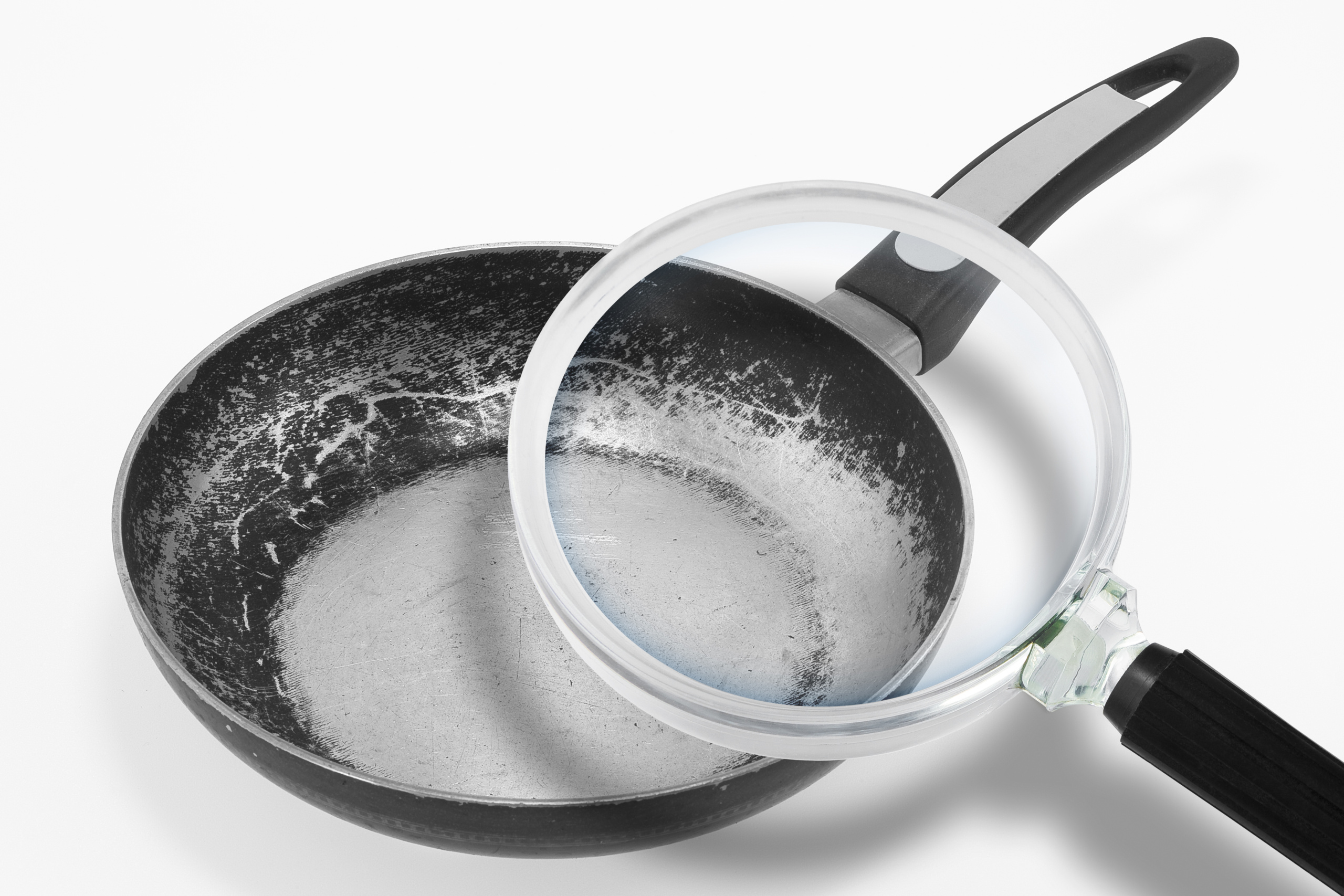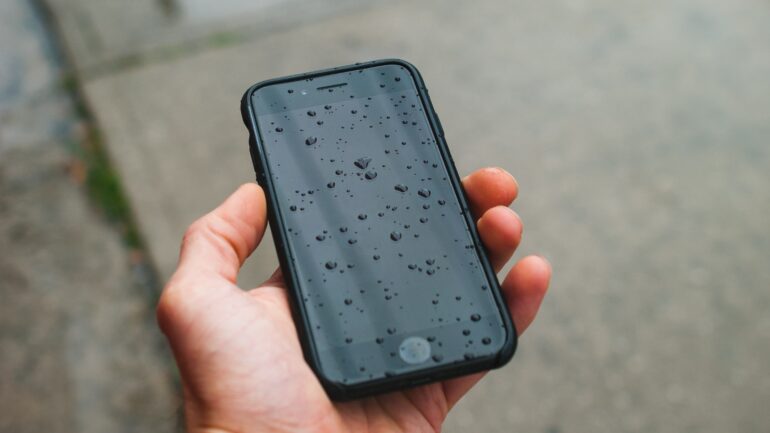By Brigitte Rodriguez, Publishing Associate: Researcher & Writer for Save The Water™ | May 31, 2024
PFAS are known for creating a resistance shield against heat, grease, and stains. Therefore, we can find these chemicals in our daily lives in common materials. For example, cleaning products, rain jackets, umbrellas, nonstick cookware, and personal care products can include PFAS. This poses a risk to the environment and human health. For this reason, many regulations exist to contrast the pollution they cause. However, a new study has stated that PFAS levels are much higher than many international regulators allow.
What Are PFAS?
PFAS are best known as perfluoroalkyl and poly-fluoroalkyl substances. They are also called ’forever chemicals’, as they are persistent and can last several years. PFAS can be found in many common household products:
- Paint
- Varnishes
- Sealants
- Shampoo
- Dental floss
- Eye makeup
Why Are PFAS so Dangerous?
According to the United States Environmental Protection Agency, exposure to these chemicals can lead to health problems in the long run. For instance, it can increase cholesterol levels, the risk of some cancers, affect children’s growth, and reduce your body’s immune system. There are additional health effects that are being found and researched. It’s important to acknowledge that the risk effects on health depend on the exposure time and access to quality healthcare.
You can be exposed to PFAS by eating food caught in polluted water. Another way is through accidental ingestion of contaminated soil or dust.
The Current Situation on Forever Chemicals
Forever chemicals are difficult to get rid of. Also, it’s crucial to note that the levels established for these chemicals have exceeded in subsurface and surface waters worldwide. A recent study collecting 45,000 water samples showed that these chemicals exceeded the recommended levels of PFAS. This ratio is worrying because it means that global efforts to stop this pollution aren’t having an effect. The research shows that 69% of groundwater samples from around the world surpassed Canada’s minimum standards. Similarly, 6% of samples crossed the EU’s standard. In addition, the highest levels of contamination were found near locations such as airports and military bases. This is due to the use of PFAS-containing foam for conducting firefighting practice.
Future Perspectives
Researchers are still studying PFAS and how to get rid of them. However, further work is needed to develop techniques to quantify PFAS in environmental matrices. A systematic sampling plan should be made for water sources worldwide. This would quantify their levels and provide real-time tracking. Furthermore, this would help clarify the human and ecological effects of the wide range of PFAS in the environment.
How Can You Avoid Forever Chemicals?
There are ways to reduce exposure to forever chemicals:
- Do not use non-stick cookware.
- Use filters on your home’s water source.
- Avoid the use of food packaging.
- Buy clothes that are free of PFAS.
- Talk with your doctor about concerns of exposure.




